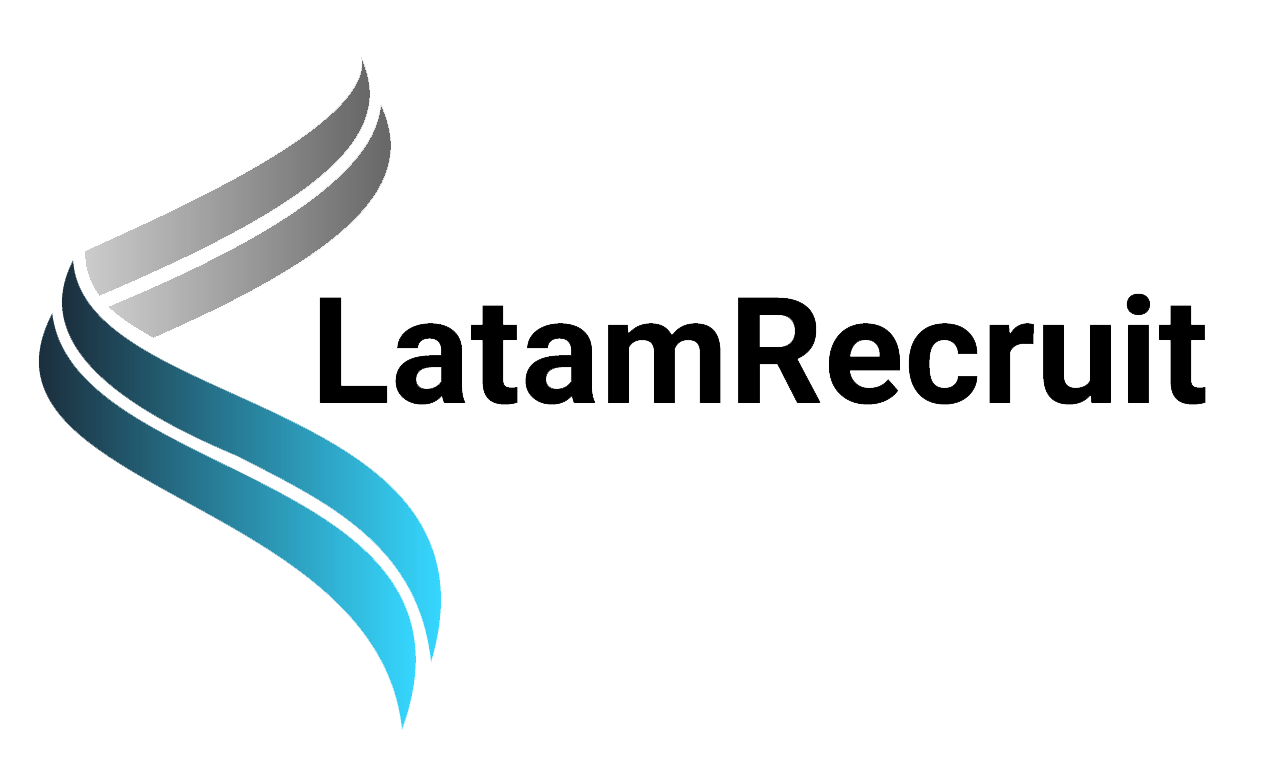In today’s fast-paced business landscape, where agility and adaptability reign supreme, the role of a Scrum Master has become increasingly vital. As organizations strive to deliver projects efficiently and stay ahead of the competition, the need for a skilled and effective Scrum Master cannot be overstated. However, finding the right fit for your team can be a challenging task. In this guide, we’ll navigate the intricacies of hiring a Scrum Master and provide you with a comprehensive roadmap to identify and onboard the perfect candidate.
The Role of a Scrum Master: Beyond the Basics
Before delving into the hiring process, it’s crucial to understand the multifaceted role of a Scrum Master. While the title might suggest a technical focus, the responsibilities of a Scrum Master extend well beyond that. A Scrum Master is an Agile coach, facilitator, mentor, and servant leader, all rolled into one.
Their primary objective is to ensure that the Scrum framework is followed diligently and that the team remains focused, motivated, and productive. They shield the team from external distractions, promote collaboration, facilitate ceremonies such as daily stand-ups, sprint planning, and retrospectives, and help the team continuously improve by fostering a culture of learning and experimentation.
Identifying the Ideal Candidate: Key Qualities to Look For
When embarking on the journey of hiring a Scrum Master, it’s essential to have a clear understanding of the qualities that define an exceptional candidate. While technical skills are important, soft skills and cultural alignment are equally, if not more, crucial. Here are some key qualities to look for:
- Strong Communication Skills: A Scrum Master must excel in communication, both within the team and with stakeholders. They need to listen actively, articulate ideas effectively, and facilitate open discussions.
- Servant Leadership: A Scrum Master’s role is centered around serving the team. They should exhibit humility, empathy, and a willingness to put the team’s needs before their own.
- Problem-Solving Abilities: Agile environments are rife with challenges. An effective Scrum Master possesses strong problem-solving skills and can guide the team through obstacles while fostering a solution-oriented mindset.
- Adaptability and Flexibility: Change is a constant in Agile environments. Look for candidates who embrace change, thrive in ambiguity, and can help the team navigate through uncertainty.
- Collaborative Mindset: A Scrum Master should be a bridge builder, facilitating collaboration among team members and promoting a sense of unity and shared purpose.
- Continuous Learning: Agile practices evolve, and a great Scrum Master is committed to continuous learning and self-improvement.
- Conflict Resolution: Agile teams are diverse and may experience conflicts. An adept Scrum Master can address conflicts constructively and guide the team toward resolution.
- Coaching and Mentoring: Beyond process facilitation, a Scrum Master should be a coach and mentor, helping team members grow both professionally and personally.
The Hiring Process: Step by Step
- Define Your Needs: Begin by clearly defining the role and responsibilities of the Scrum Master within your organization. Identify the skills and qualities that align with your team’s dynamics and goals.
- Craft the Job Description: Develop a comprehensive job description that reflects the role’s multifaceted nature. Highlight the desired skills, experience, and qualities while also emphasizing your organization’s commitment to Agile principles.
- Source Candidates: Utilize a variety of sourcing channels, including job boards, professional networks, and referrals. Look for candidates with a proven track record in Agile environments and a genuine passion for fostering teamwork.
- Screening and Interviews: During the screening process, assess candidates’ technical knowledge and experience. In interviews, delve deeper into their soft skills, alignment with Agile values, and examples of their previous coaching and facilitation experiences.
- Practical Assessment: Consider implementing a practical assessment, such as a mock Scrum ceremony or a case study, to gauge candidates’ problem-solving skills and their ability to apply Agile principles in real-world scenarios.
- Cultural Fit: Ensure that the candidate’s values and work style align with your team’s culture. A harmonious fit is essential for long-term success.
- Reference Checks: Contact references provided by the candidate to gain insights into their past performance, collaboration style, and overall impact on the teams they’ve worked with.
- Onboarding and Integration: Once you’ve identified the right candidate, focus on a thorough onboarding process. Introduce them to the team, the organization’s processes, and its unique dynamics.
- Continuous Development: Support the Scrum Master’s growth by providing opportunities for ongoing training, mentorship, and collaboration with other Agile professionals.
Conclusion
Hiring a Scrum Master is a pivotal decision that can significantly impact your team’s ability to embrace Agile practices, deliver value, and achieve success. While technical expertise is important, the right Scrum Master embodies a diverse skill set, including communication, leadership, facilitation, and a deep commitment to Agile principles.
By understanding the role’s nuances and identifying candidates who align with your team’s culture and goals, you can pave the way for a transformative Agile journey. Remember, the journey doesn’t end with hiring; it’s the beginning of a collaborative partnership that fuels continuous improvement and propels your team toward excellence.



